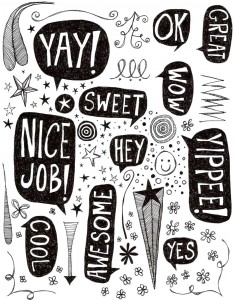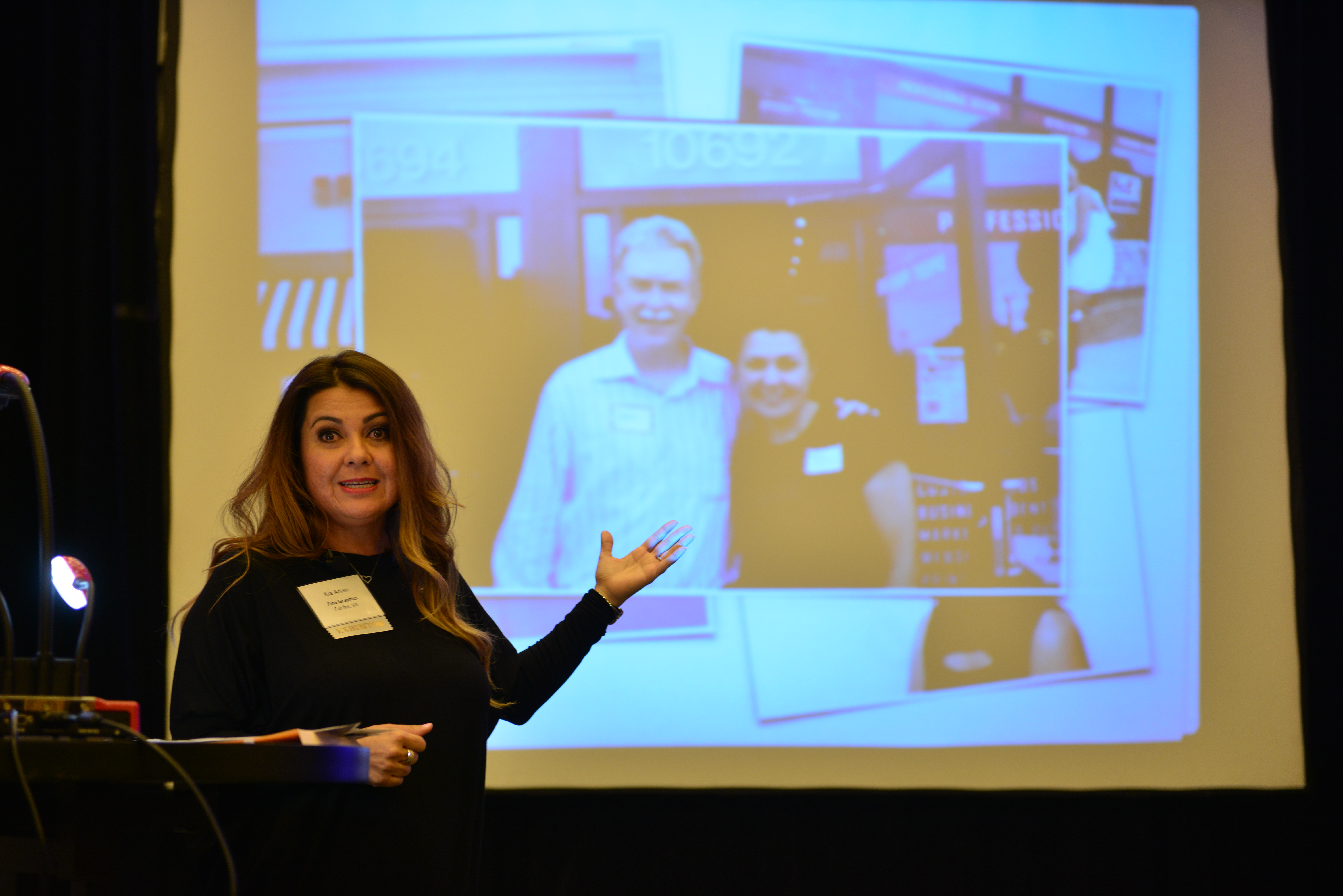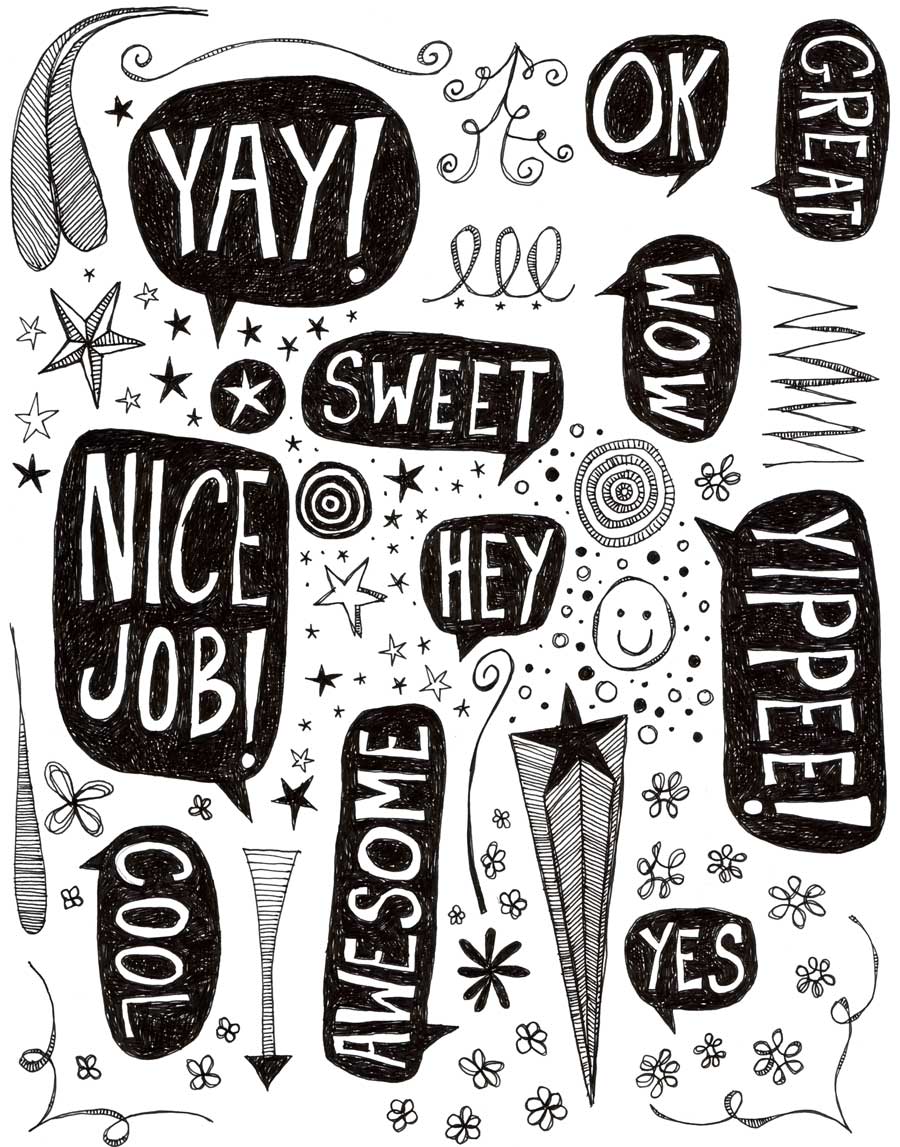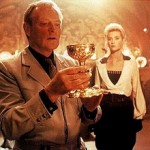 I’m a designer, and I love creating beautiful things. The only thing I love more is designing things that actually make money for my clients.
I’m a designer, and I love creating beautiful things. The only thing I love more is designing things that actually make money for my clients.
Marketing that produces results will rarely win awards and accolades in design competitions. Although this may sound unfortunate for me, thankfully I have no interest in winning design awards.
My definition of a winning design is one that brings attention to the marketing message, commands the reader’s attention, and delivers a response.
An effective design will not bring attention to itself. Who wants people “ooohing and ahhhing” at your clever design, only to walk away and never recall your message, your product, or your company?
However, this doesn’t mean that your marketing must be devoid of any aesthetics or visual appeal. In fact, countless studies prove how vulnerable our perceptions are to visual stimuli. In other words, the way something looks greatly influences our judgment of it (and in many cases, how we experience it).
When we talk about graphics and layout we’re not just referring to what color something is or how beautiful, balanced, or organized it appears (which are all subjective anyway). We want to know the effect that design elements have on buyer perception, and how to influence those perceptions.
In any marketing, your message is the most important element. A great design can communicate your message in a great way. But, if your message is weak, then a great design is only going to make things worse by communicating a bad message really well.
With that in mind, let’s first quickly look at your marketing message and how it should be presented. Then I’ll share my favorite tips and strategies for using graphics and layout to give your message some more POW!
Headlines
Whether you’re using a postcard, a print ad, a sales letter, or a website page, you MUST have a strong headline. The headline is the MOST important element in your message. It is the thing that tells the reader whether to stay and read the rest of the message, or to move on.
Learn what makes a great headline and you will increase the readership of your ads by as much as 50% (source Ogilvy, Confessions of an Advertising Man). It’s not some mystical formula. There are tons of great resources available. One of my favorites is Great Headlines Instantly 2.1 by Robert Boduch.
Irresistible Offer
Your marketing should always be offering something for your client and customers to buy now or request for free. Your offer should be very specific and, preferably, very targeted to your ideal customer. Look at most ads and prepare to be shocked at how many have NO specific offer. They’re merely an announcement that the company exists and dry listing of their services. Sometimes, they’ll tell you their favorite slogan. Slogans don’t sell.
Call to Action
Make sure it is painfully clear what they need to do to respond to you. Do not make it complicated or be timid about it. Be loud with very clear instructions. Also, responses to your ad should be trackable to the ad. How else are you going to know if the ad is working?
Relevant Copy
Volumes exist on how to write good copy for ads. If you’re writing your own ads, you will do yourself a disservice if you don’t, at minimum, learn what constitutes good sales copy. You can always hire a copywriter. But you should be able to judge whether the copy is good or not. The only other thing I’ll say about copy is that long copy (lots of words) has repeatedly and unequivocally been proven to pull more responses and produce more results than graphic-heavy ads with bullet points. If you’re still on the fence about that, it’s time you stop fighting it, and just accept it.
Deadline
Ads with a deadline will outperform ads without a deadline. You can do this via an expiration date for the offer, limited supply, or a bonus gift, book or report if they respond by a certain date. Extra-long deadlines reduce response since people will put it off thinking they have time, and then forget. There needs to be a sense of urgency.
Graphics and Layout
Just like you don’t need to be a copywriter to recognize good sales copy, you don’t need to be a designer to recognize good design. However, you do need to be aware of principles of design that make for a great overall marketing piece.
The Environment of the Ad
If you are making a print ad for an outside publication (like a newspaper or a magazine) consider the entire look and feel of the publication, and how your ad looks placed in the publication. If possible, send your designer the publication or a scan of the publication, and ask them to place the ad in one of the pages. It’s generally a good idea to match the graphic climate of the publication. The reader will subconsciously think it’s part of the publication and not an ad. This applies for online banner ads, too.
The Use of Color
The decision to use color is often a budgetary one. Although the cost of color printing has dropped significantly in the past decade, black and white printing can still be much cheaper in most cases. It’s a known fact that color draws more attention, so use it when you can. But, there are strategic uses for black and white only printing as well. Remember, the aesthetics of your marketing is not about how beautiful it looks, it is about the response that is elicited. In the lawyer marketing world “response” means they picked up the phone or filled out a form requesting either an appointment or more information.
The Use of Images
An excellent technique to make your material more persuasive is to add compelling images and photos that support your message. Visual imagery is the most direct path to perception. Pictures of people, faces, and the human form are the most attractive to people. This includes pictures of yourself. As a general rule, you should avoid (or keep to a minimum) stock photos of happy models predictably posed in artificial settings. It’s boring and so far from reality that most people just tune it out. Images that are reality, or look like reality, are more interesting. Here’s a big tip: every image should have a caption. Image captions are one of the most read parts of any ad!
The Use of Subheadings
Include a subheading, two to three lines, below the heading. And continue to add subheadings throughout the copy. Can you imagine reading a 4-page sales letter with no subheadings to break up the text? Good subheadings are like road signs along a road. They help guide the reader and prevent him from getting lost or give up on the task of reading your materials. It also affords “glancers” the opportunity to get your message without reading the entire advertisement.
The Use of Branding
A consistent branded look is generally good, but branding should not overpower or distract from the message. The purpose of ANY advertisement is to give the reader as much compelling and interesting information as needed for them to come to the conclusion that YOU are the perfect fit for them. No one ever decided to do business with a company because they admired the company’s logo.
Don’t waste valuable real estate by making your logo the biggest image on your ad. “But I want them to remember us” you cry out! The best way for them to remember you is for them to have your marketing—your books, newsletter, and other educational information—in front of them on a regular basis. They will remember you as the expert and the guy/gal who wrote the book on it. It’s fine to use your logo, but don’t make it the focus.
The Use of Arrows, Asterisks, and Margin Notes
Making “hand drawn” arrows and notes in the margins is surefire technique for drawing attention and directing the reader to specific parts of the ad. Notes like this add a very personal touch, which is attractive and in many cases, sets your ad apart. They also afford you the opportunity to add text that would otherwise not fit cleanly in the body.
The Use of Reverse Text
Reverse text refers to using light colored text (such as white) on a dark background (such as black). Please do not ever do this for body copy! It’s tiresome to read and hard to focus on. Always set body copy in dark color on a light background. If it’s not black and white, make sure there is a lot of contrast! For example, don’t put gray text on a yellow background. Using reverse text for titles or short headlines is OK and helpful for drawing attention.
The Use of Coupons
Remember those mail-order advertisements that filled magazines before the days of internet? Well, studies have shown that they are still effective in drawing attention and getting response.
People don’t necessarily cut out the mail-in coupon to fill out and mail. But the look of it alerts the reader that there is something to be requested, ordered, fulfilled, and shipped directly into their hot little hands. It sparks curiosity and promises fun, wisdom, knowledge or all of the above. Even using a graphic of a coupon with dotted lines and an offer can be irresistible. Use it when you can.
These are just a few, easy techniques that you can use to graphically enhance and improve the readership and effectiveness of your marketing and print advertisements. For more techniques and tons of examples on effective marketing pieces, you should check out my book, Five Ways Your Design Is Sabotaging the Sales of Your Products and Publications.
Beyond your print ads, you should remember that everything visual associated with your services sends a powerful clue about your service. The influence of the visual clues is not superficial; they go to the very heart of your service and your relationship with your clients.
Take an inventory of what clues you are sending. Does your marketing say “struggling attorney” who can barely make ends meet and can’t afford nice stuff? Or does it say you believe in your success, and you prove it by investing in it and give others confidence to invest in you as well?
Do you show that you pay attention to details? That you are trustworthy? Reliable? Or do your marketing materials say your service is haphazard and not carefully put together?
Does your presentation to your client say you care about their experience with you, or you just want to take their money?
These are, admittedly, issues that a designer would enjoy pondering over. You’re a business owner, not a designer. Depending on how involved you are in the design decisions, this information should help you make more strategic decisions and recognize good layout from great layout.





